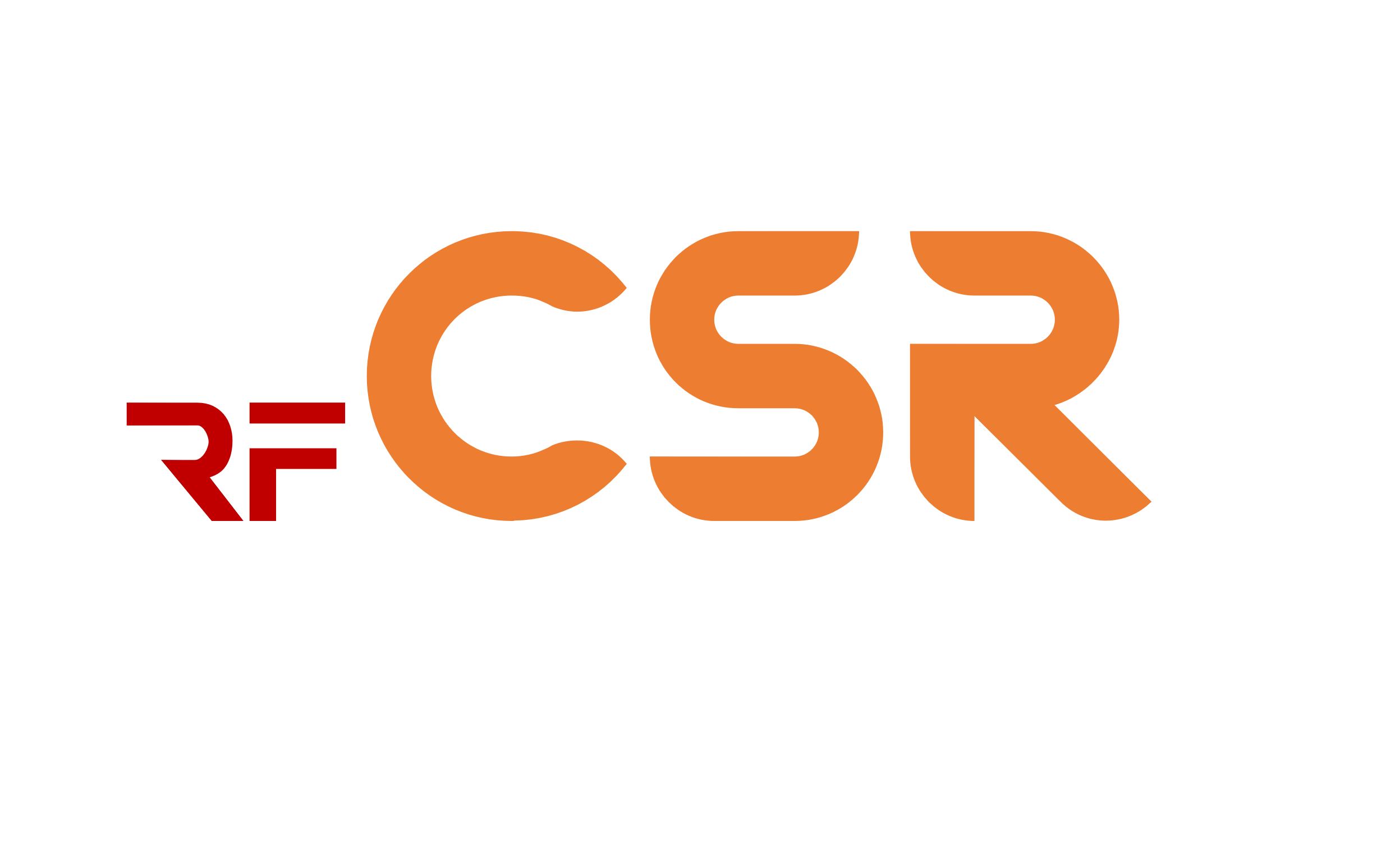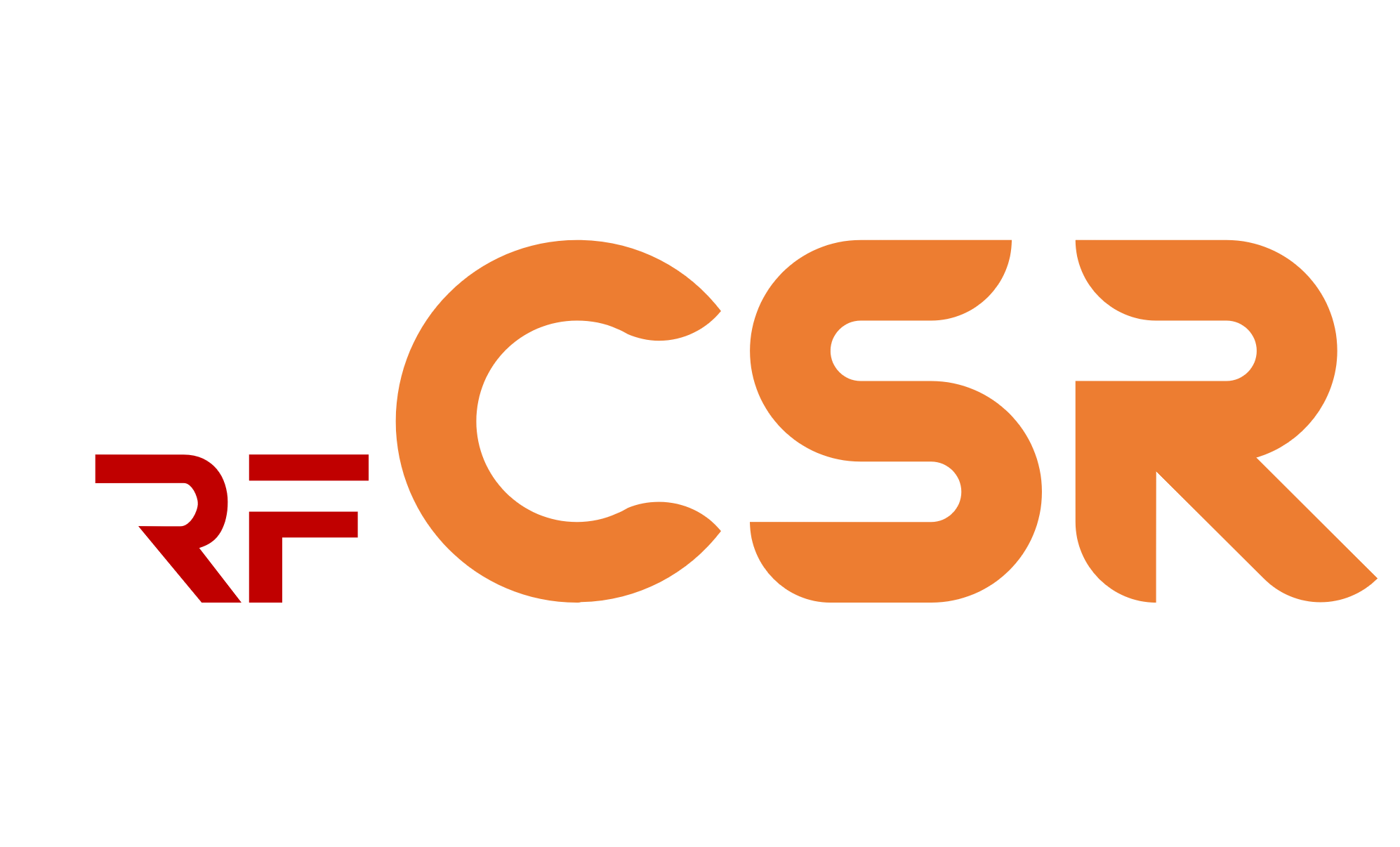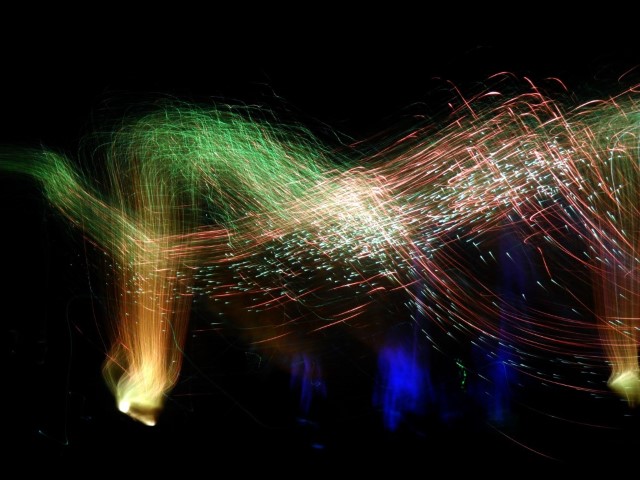——— July 03, 2023 | Research & Discoveries
The Detection of Gravitational Waves: A New Era in Astronomy
Scientists reported the discovery of gravitational waves in September 2015, confirming a prediction made by Albert Einstein more than a century ago and launching a brand-new branch of astronomy that enables us to view the cosmos in a completely different manner.
——— Recent Articles
The curvature of spacetime was anticipated to be the cause of gravitational waves by Einstein’s general relativity theory, which was first presented in 1915. This hypothesis postulates the possibility of spacetime waves propagating outwards from large objects, such as black holes or neutron stars.
The Laser Interferometer Gravitational-Wave Observatory (LIGO), a global scientific partnership, allowed for the detection of gravitational waves. Two detectors called LIGO, one in Livingston, Louisiana, and the other in Hanford, Washington, each have two four-kilometer-long perpendicular arms. On September 14, 2015, a signal that matched the signal of a gravitational wave anticipated to travel through the Earth was found by both detectors at the same time. It was discovered that the signal originated from the merging of two black holes, each of which had a mass greater than 30 times that of the Sun.
The discovery of gravitational waves will profoundly affect how we perceive the cosmos and the nature of gravity. Since we can now see these waves in spacetime clearly, we can learn more about the characteristics of the universe’s largest objects. Additionally, gravitational wave astronomy, a new branch of astronomy, has been made possible by the observation of gravitational waves. It is now possible for researchers to examine the cosmos using these waves in addition to more conventional astronomical techniques like detecting light. With the use of gravitational wave astronomy, it is possible to see phenomena like black holes and neutron stars that are hidden from view by conventional telescopes. Because gravitational waves can pass through the cosmos unhindered, unlike light, which may be absorbed or dispersed by matter, it also enables scientists to examine the universe in its earliest stages.
Numerous further gravitational wave detections have been made by the US-based LIGO and its European rival, the Virgo detector, after the inaugural one in 2015. With each discovery, scientists have learned more about the characteristics of black holes and other large objects in the cosmos. The Einstein Telescope and the Laser Interferometer Space Antenna (LISA), two more detectors that will be able to detect gravitational waves from even further away and with much more accuracy, are presently being built or are in the design stages.
A prediction made by Albert Einstein more than a century ago has been confirmed by the discovery of gravitational waves, and it has also created a brand-new area of astronomy that enables us to view the cosmos in a completely different way. This finding has important ramifications for everything from how gravity works to the prospect of more astronomical discoveries. We may anticipate many more fascinating findings in the years to come as additional detectors go online and our capacity to detect and analyse gravitational waves increases.


